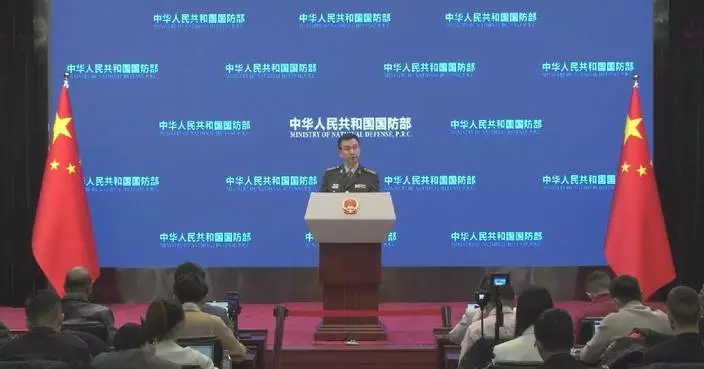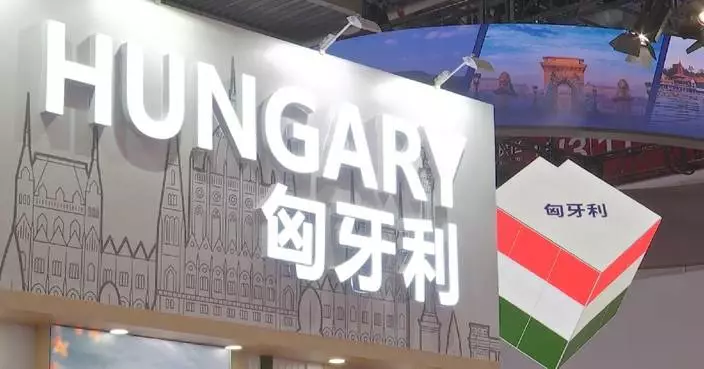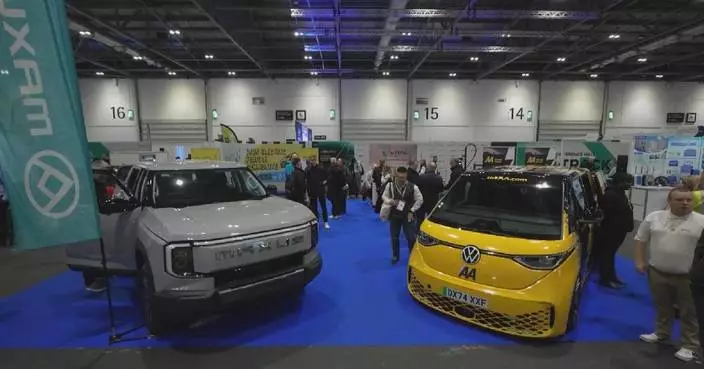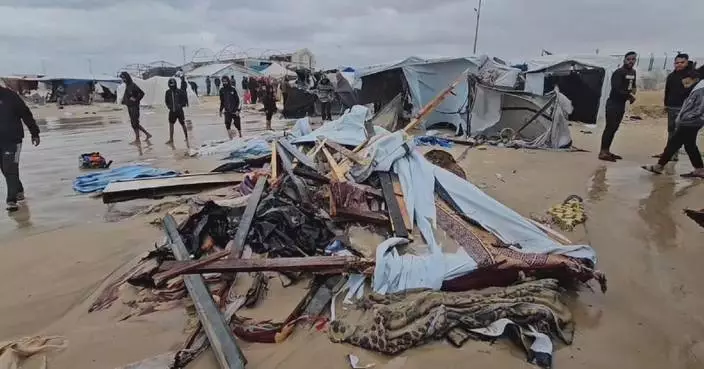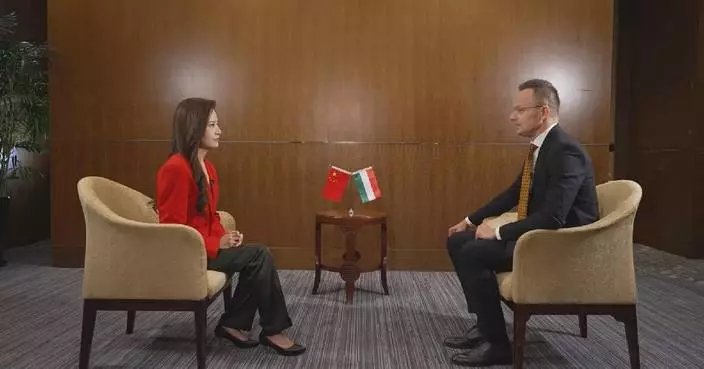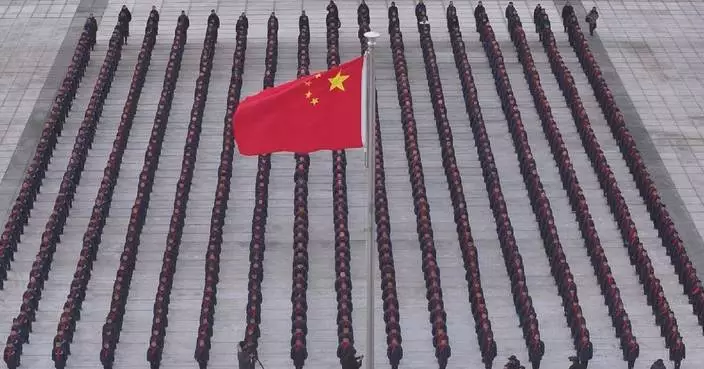Residents in the north of Israel have expressed hope that the ceasefire deal between Israel and Hezbollah will bring peace to the country and help them return to normal life, although dissenting voices continue to question the deal's sustainability and effectiveness.
Israel's security cabinet approved a ceasefire agreement with Hezbollah on Tuesday night, the Israeli Prime Minister's Office said in a statement. The ceasefire agreement came into effect on Wednesday morning.
According to a recent survey by Israeli media, around 60 percent of the Israeli public believe that Hezbollah has not been defeated. This view is also held by some far-right figures including senior officials in the current government and opposition party leaders, all of whom have expressed their opposition to the ceasefire.
Meanwhile, both sides have already accused each other of violating the armistice.
Even so, there are clear signs that some residents in northern Israel are taking the ceasefire as license to return to normal daily activities. In Kiryat Shmona, a city heavily targeted by rocket attacks during the conflict, traffic and pedestrians have increased.
Some in the city remain cautious, however, and many shops remain closed.
"I'm really afraid for my children, for our soldiers, for everything here in the north. I was born here in Kiryat Shmona. I always know the bombs from my being a little girl. So I hope it's going to be good," said Daryl, a local resident.
The Israeli government has not released a plan that would enable residents who have fled to return to the northern regions. Consequently, some local leaders in the north have criticized the government for failing to achieve the goal of stabilizing the situation in these areas.
"The Israeli government said that a ceasefire has been reached. We hope that they will truly ensure the safe return of local residents and make sure that there are enough troops to protect the border areas. We hope that the government will not make any concessions to Hezbollah, even if it means we a return to combat," said Batard, another resident.
In Haifa, the largest city on Israel's northern coast and a major target of rocket attacks over the past year since the conflict began, people expressed relief and joy at being able to travel more freely following the ceasefire deal.
"Now everyone feels very free to go outside, and I just talked to my friend and said, wow, I'm so happy that I can go and travel in the north of Israel. And we are all very happy that we can have peace again," said Omar, a student in Haifa.
"It was a bit stressful during the war, there were a lot of sirens. You feel a bit more stressed during the day, then you have to run to the shelter, and sometimes it's not a good feeling. I think the ceasefire is a great thing. I think we have managed to succeed a lot in this war and it's good that we are stopping it now and we can try to go back to normal," said Adam, a local resident.

Ceasefire sparks hope in conflict-affected Israeli regions, despite dissenting voices

Ceasefire sparks hope in conflict-affected Israeli regions, despite dissenting voices
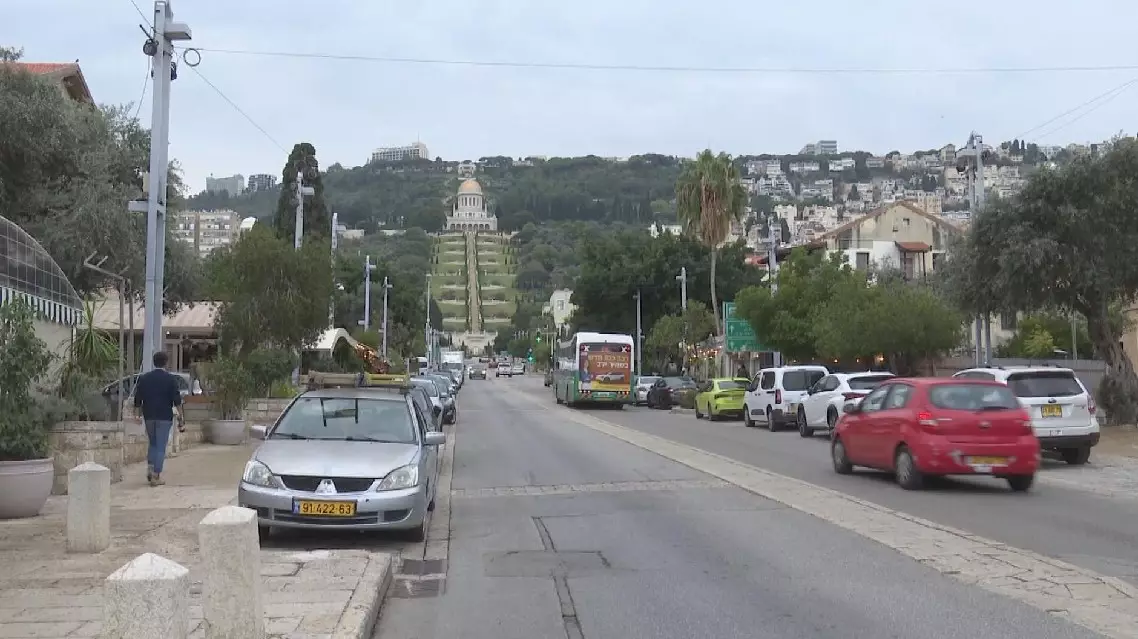
Ceasefire sparks hope in conflict-affected Israeli regions, despite dissenting voices
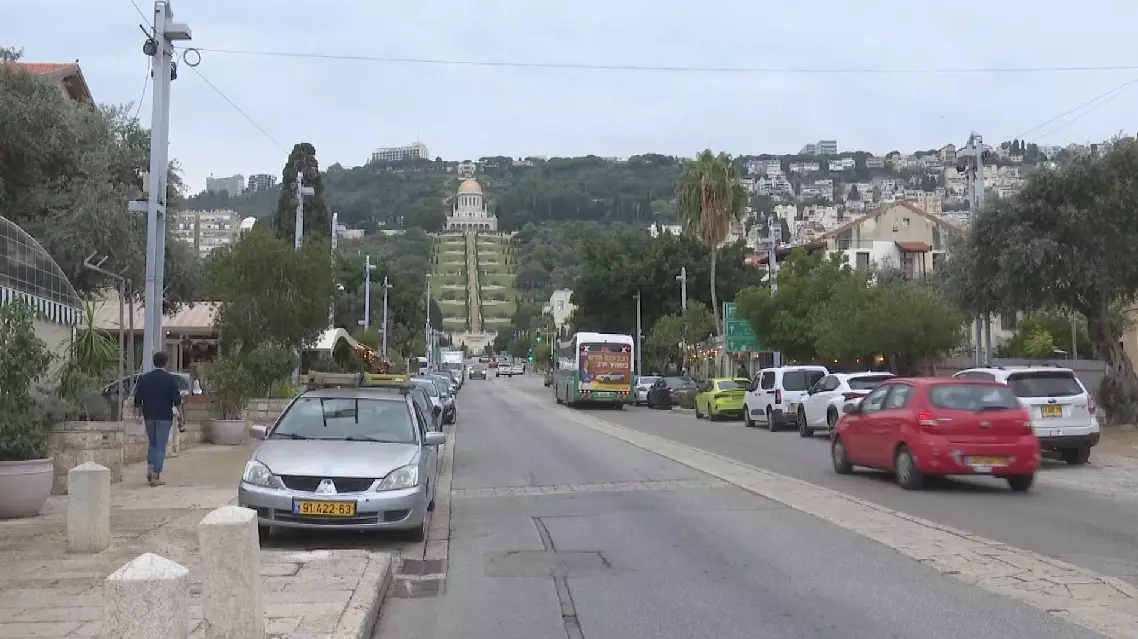
Ceasefire sparks hope in conflict-affected Israeli regions, despite dissenting voices
Mexico enjoys centuries-old trade ties with China and hopes for more two-way investments and automotive cooperation, said Rafael Valdez Mingramm, chairman of the Mexico-China Business Committee of Mexican Business Council for Foreign Trade, Investment, and Technology (COMCE).
In an interview with China Global Television Network (CGTN) on the sidelines of the second China International Supply Chain Expo (CISCE) in Beijing, Mingramm said Mexico is attending the event to seek synergy between the two countries' global supply chain strategies.
"Trade between Mexico and China has taken place for centuries, and we can go back to the 17th, 18th centuries, in all the trade between the New Spain and China that brought goods that are used today in China's gastronomy, and products that are right now in Mexico. That has evolved over time. And over the past 50 years with diplomatic relationships, this is getting stronger and stronger to a point in which today Mexico is the second most important trade partner of China in Latin America," Mingramm said.
"And we see many opportunities now. In the future, we should move beyond trade. We are talking about investments. Investments as Chinese companies and Mexican counterparts should be part together in global supply chain strategies. And that's part of why we are in this conference and in this occasion," he said.
Mexico is one of the top car producers in the world, and the penetration rate of Chinese car brands in the country has reached 30 percent and is still growing.
Mingramm said he hopes Mexico could remain an attractive investment destination for Chinese automakers in spite of challenges from its northern neighbor, especially after President-Elect Donald Trump returns to the White House next year. Trump has already announced plans for raising tariffs by an additional 10 percent on all Chinese goods.
"It's a very, very complex situation. Yes, Mexico, I think, it's probably within the top five automotive manufacturers in the world. And if I am not mistaken, it might be the third or fourth largest with major brands. The presence of Chinese companies has been increasing in the recent years, and this has created certain tensions. I think for Mexico, we should continue this. Mexico has the logistics, the infrastructure, the perfect locations for the Chinese car manufacturers to establish and to set up their complete manufacturing facilities," Mingramm said.
"But not just to look to the U.S. Mexico is strategically located. We have 50 trade agreements. We have routes to connect from Mexico to Europe, to South America, to the Caribbean, not only the U.S. So I think the Chinese car manufacturers should look at Mexico not just for the U.S., but south, east, west. And that should be the base of the strategy," he said.
Themed "Connecting the World for a Shared Future", the second CISCE runs from Tuesday to Saturday.
As the world's first national-level exhibition focusing on supply chains, the CISCE has attracted close to 700 exhibitors from 69 countries and international organizations this year. Over 60 percent of the exhibitors are Fortune Global 500 companies and industry leaders, and the proportion of foreign exhibitors has risen from 26 percent at the first CISCE to 32 percent presently.
In addition to exhibitions, this year's CISCE also includes a series of sideline events, including the release of an annual report on the global supply chain, and discussions on promoting supply chain stability, connectivity and accessibility, according to the event's organizers.
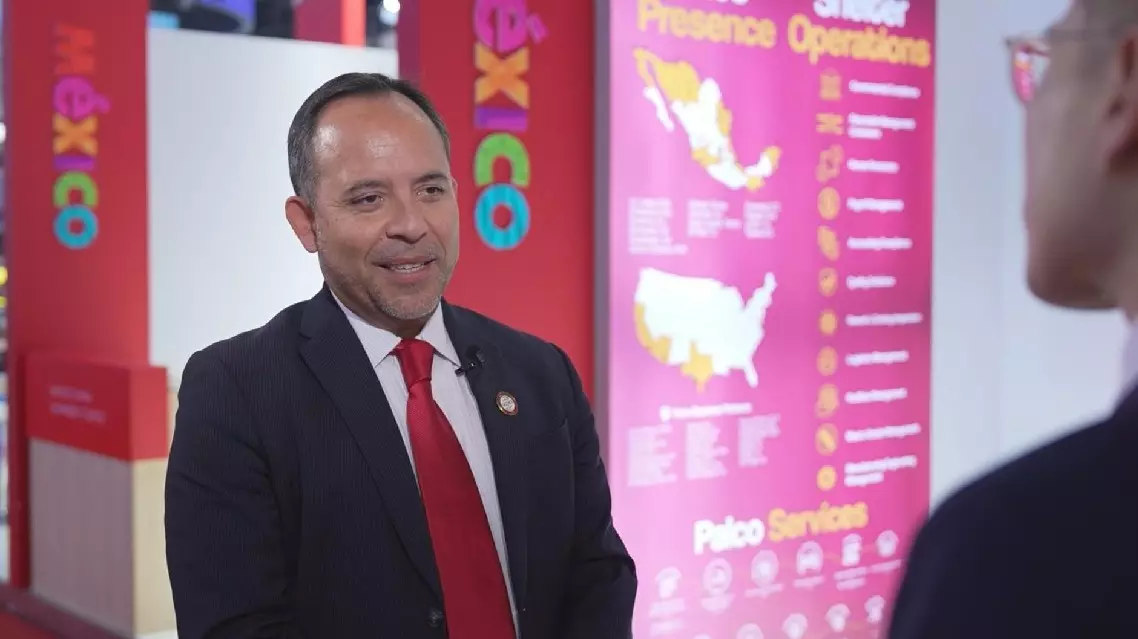
Mexico enjoys centuries-old trade ties with China: business leader







